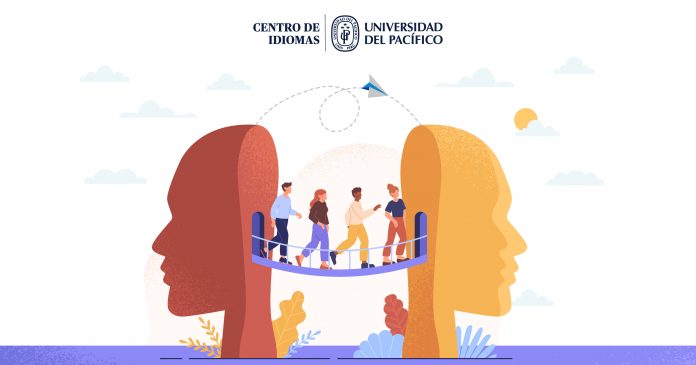Since men appeared in the world, they tended to band together in groups and devise ways to communicate with each other. Thus, the desire to learn the languages of other societies has been present in the universe since the earliest times.
How did primitive men learn and teach other languages? We do not know exactly. But we do grasp that in ancient times it was important to learn Greek and Latin. They probably used a system that later became known as the Grammar Translation Method. Later, in the 17th century, Comenius dedicated himself to developing and disseminating new methods of teaching other languages using inductive techniques. In the 19th century the Direct Method appeared and later, mainly in the 20 century, a variety of procedures emerged at different times and places, such as Task-based language teaching (TBLT), Content and language integrated learning (CLIL), Cooperative Language Learning (CLL), Audiolingualism, Total Physical Response, The Silent Way and The Natural approach, among others.
At the end of the 1960’s the Communicative English Approach (CLA) was born. No more systems have been created since. But the way to use that method has evolved considerably since those days. And now, in the 21st century, technology has erupted and is menacing to change everything while Artificial Intelligence is penetrating all fields of human activities.
In this series we will try to review the teaching of foreign languages under the sparkling technological light of our days and even try to glimpse what the future holds for us in this field.











Technology has certainly become a fundamental tool in education now, however there are misconceptions about technology (i.e., the more technology, the better), but it should be mainly used to supplement rather than replace the roles teachers have. I truly believe that a human being is far from being replaced by a machine, but yet teachers and students rely so much on technology nowadays, which represents a major problem in society.
Technology has certainly become a fundamental tool in language education today, however there are misconceptions about technology (e.g., the more technology, the better), but it should be mainly used to supplement rather than replace the roles teachers have. I truly believe that a human being is far from being replaced by a machine, but yet teachers and students rely so much on technology nowadays, which represents a major problem in society.
Technology can fail sometimes, and this is just a clear example of it. My message was posted twice, my apologies.
Comments are closed.